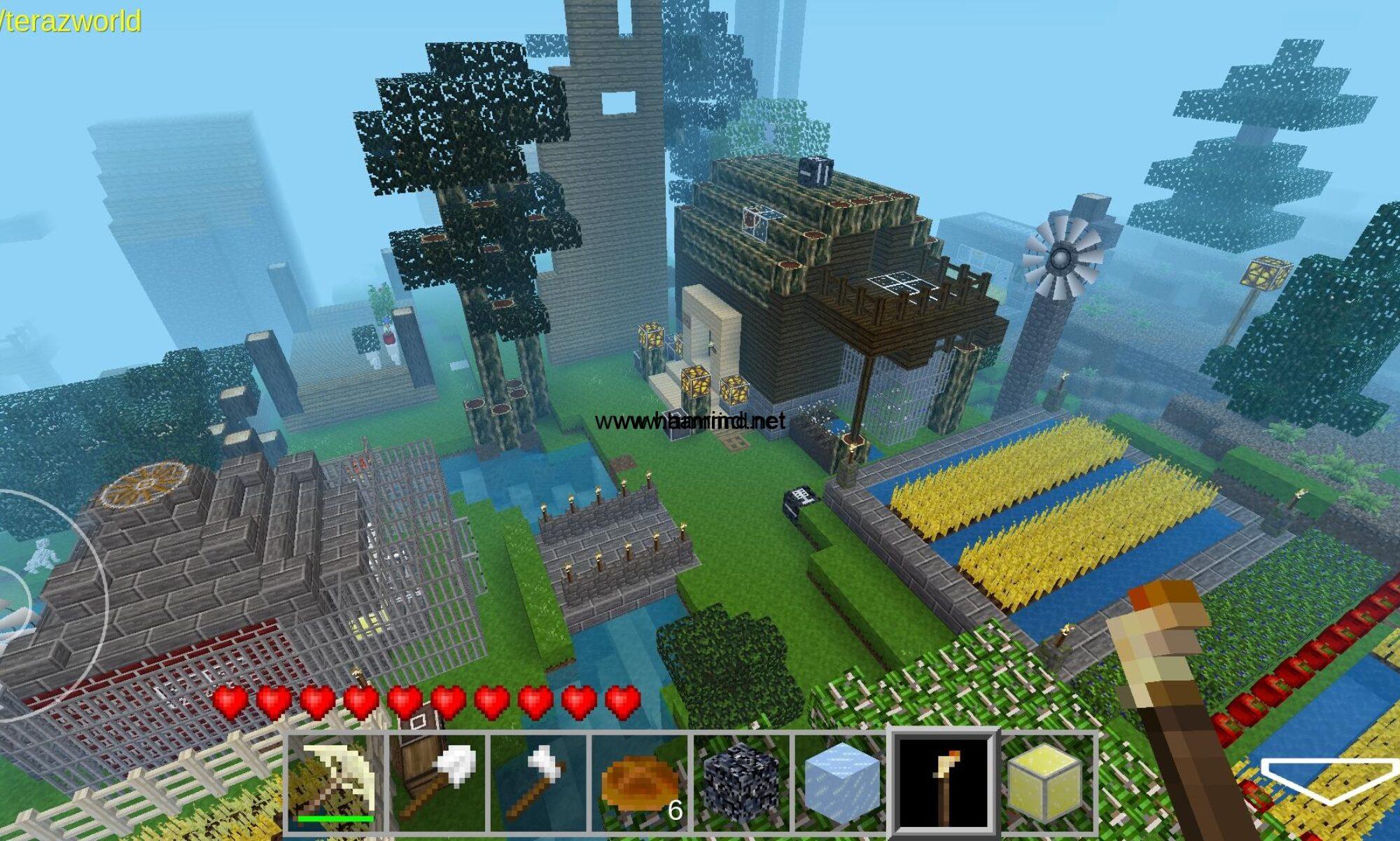
Dengan jutaan pengguna di seluruh dunia, WhatsApp menjadi sasaran utama penipu. Salah satu teknik yang semakin banyak digunakan ialah melalui pengesahan panggilan tidak dijawab (missed call verification).
Mari kita lihat bagaimana ia berfungsi, bagaimana ia disalahguna, dan cara anda boleh melindungi akaun anda.
Apa Itu Pengesahan Panggilan Tak Terjawab di WhatsApp?
Biasanya apabila anda daftar nombor telefon di WhatsApp, anda akan terima kod 6 digit melalui SMS. Tapi kalau SMS tak sampai (kerana masalah rangkaian), WhatsApp akan tawarkan panggilan tidak dijawab atau panggilan suara automatik sebagai alternatif.
Ciri ini berguna, tetapi boleh disalahgunakan oleh penipu.
Bagaimana Penipu Menyalahgunakan Ciri Ini?
Ini langkah-langkah yang biasa digunakan oleh penipu:
- Mereka masukkan nombor telefon anda dalam WhatsApp mereka.
- Mereka minta pengesahan melalui panggilan tidak dijawab.
- Mereka menipu anda untuk berikan nombor yang baru sahaja menelefon, atau minta anda alih panggilan ke nombor mereka.
- Sekiranya anda terpedaya, mereka akan dapat panggilan itu, sahkan akaun, dan anda akan terkeluar dari akaun anda sendiri.
Contoh Taktik Mereka
“Maaf, saya tersilap hantar kod ke nombor anda. Boleh bagi nombor yang baru call tadi?”
“Untuk tuntut hadiah, sila kongsi nombor yang call tadi.”
“Sila dail kod ini untuk baik pulih akaun anda” (tapi sebenarnya anda alih panggilan ke nombor mereka).
Jangan mudah percaya.
Apa Akan Berlaku Jika Mereka Berjaya?
Anda akan dikeluarkan dari akaun WhatsApp anda sendiri.
Penipu itu akan dapat akses penuh kepada mesej, kumpulan dan kenalan anda.
Mereka mungkin menyamar sebagai anda dan menipu orang lain dalam senarai kenalan anda.
Cara Melindungi Akaun WhatsApp Anda
- Aktifkan Pengesahan Dua Langkah (Two-Step Verification)
Pergi ke Tetapan > Akaun > Pengesahan Dua Langkah
Tetapkan PIN 6 digit
Masukkan emel untuk pemulihan (jika terlupa)
Ini akan halang sesiapa pun daripada log masuk ke akaun anda walaupun mereka dapat kod pengesahan.
- Jangan Kongsi Kod Pengesahan atau Nombor Panggilan
Walau macam mana pun alasan yang diberikan — jangan sekali-kali kongsi sebarang kod atau nombor panggilan.
- Jangan Dail Kod Alih Panggilan
Kadangkala penipu akan minta anda dail kod seperti *21nomborMereka#.
Ini akan alih semua panggilan ke nombor mereka. Bahaya!
- Berhati-hati Walaupun Mesej Datang Dari Kenalan
Mereka mungkin sudah ambil alih akaun orang lain dan gunakan untuk tipu anda. Jika ragu, telefon secara terus untuk sahkan.
Akhir Kata
Akaun WhatsApp anda adalah pintu masuk ke dunia peribadi anda — jangan biarkan penipu merampasnya. Ciri panggilan tak terjawab mungkin kelihatan kecil, tapi di tangan yang salah, ia sangat berbahaya.
Sentiasa berjaga-jaga. Aktifkan pengesahan dua langkah. Jangan kongsi kod. Jangan percaya mesej pelik.
Penafian: Artikel ini ditulis untuk tujuan pendidikan dan kesedaran keselamatan sahaja. Ia tidak menyalahkan WhatsApp atau syarikat induknya. Tujuan utama artikel ini adalah untuk membantu pengguna memahami dan melindungi diri daripada taktik penipuan.




